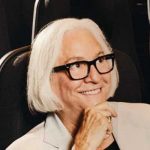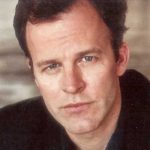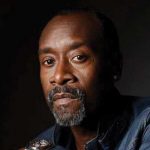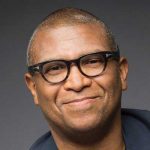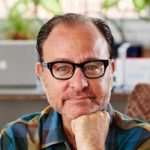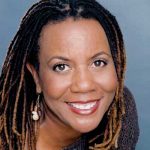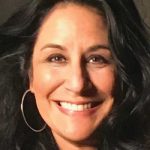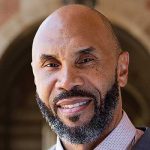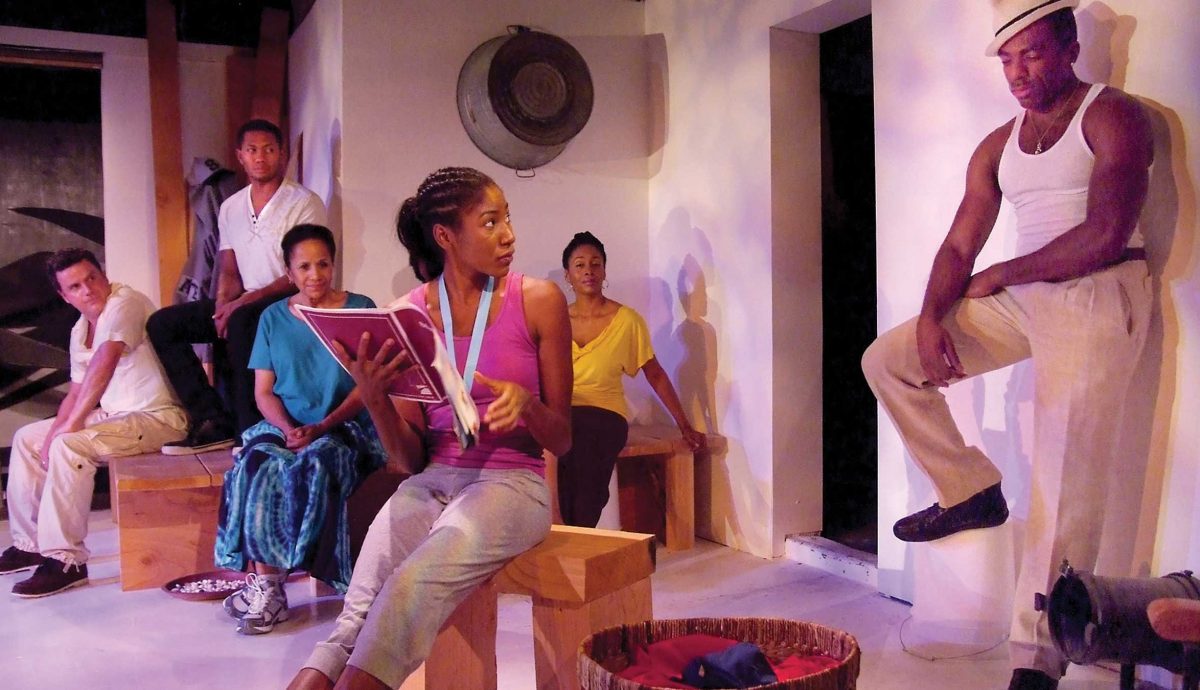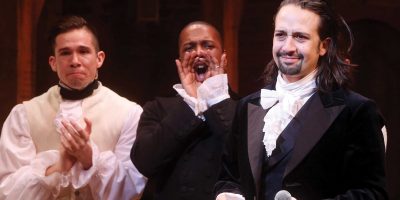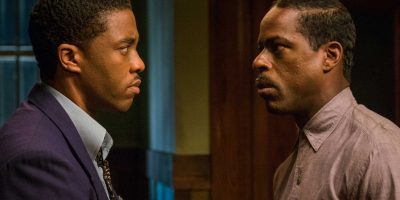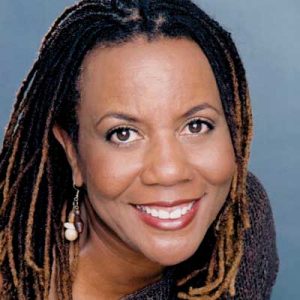
Shirley Jo Finney
International theater and television director
Notable works: Facing Our Truth, Citizen: An American Lyric
People have always learned about themselves through storytelling.
What an artist does is study human behavior — our wants, needs, and desires. Since the beginning, humanity has had to understand how to navigate our everyday existence by seeing nature and ourselves within it.
I became involved in the Black Arts Movement in the late 60s, while still in college. The nation was in crisis and the civil rights movement was exploding, pulling the scab off the historical wound of systemic racism in this country. The artists of the time were fearlessly telling our narratives with a sense of urgency. Black theater companies emerged throughout the country. It was a time of reclamation, of breaking from Western storytelling. They reintroduced ritual improvisational storytelling, embracing the diaspora and ancestral spirituality that is unique to the African American experience.
Black Arts Movement
The Black Arts Movement is the name given to a group of politically motivated black poets, artists, dramatists, musicians, and writers in the wake of the Black Power Movement that lasted from 1965 1975. Amiri Baraka is considered the father of the Movement after he opened the Black Arts Repertory Theatre in Harlem in 1965. The Movement soon spread from New York to Chicago, Detroit, and San Francisco, and art was created by the black community for the black community in order to achieve artistic and civil liberation.
Foster, Hannah. “The Black Arts Movement (1965–1975).” Boley, Oklahoma (1903- ) | The Black Past: Remembered and Reclaimed.
https://www.blackpast.org/african-american-history/black-arts-movement-1965-1975/
The Movement and the stories being produced were transformative, daring, and political. It made audiences aware and uncomfortable. It was theater and art-as-activism. I call it “edutainment” — where the audience is being educated and transformed while being entertained.
Nelson and Winnie Mandela believed the artists of South Africa helped to dismantle and expose apartheid to the world. We are witnessing another artistic revolution which is addressing the political unrest of our day. Once again, the artists of our time are answering the call for what is right and just.
Trayvon Martin’s assassination was a moment that tore and broke through our psyche. For my generation it was seeing the Vietnam War, the assassinations of leaders, and pictures of Emmett Till on television; for this generation it’s Trayvon Martin. In New York City in early 2015, Keith Josef Adkins brought six writers together to express the rage and frustration of people following the George Zimmerman verdict. Facing Our Truth — a series of six, 10-minute plays — captured their reaction to Martin’s assassination and many others of the black male body. The plays became part of the national conversation on race and privilege. Theaters across the country took up the call, producing the play in different venues. I directed the Los Angeles production for the Center Theater Group at the Kirk Douglas Theater. We held public talks with the audiences after the performance — they needed a safe space to give voice to their feelings before leaving the theater.
Stephen Sachs
Stephen Sachs is Co-Artistic Director of The Fountain Theatre in Los Angeles, which he co-founded in 1990. A multiple award-winner, Sachs wrote the stage adaptation of Claudia Rankine’s Citizen: An American Lyric, the winner of the 2016 Stage Raw Award for Best Stage Adaptation, put on by The Fountain Theatre and Kirk Douglas in Los Angeles and PURE Theatre in Charleston, South Carolina.
“Home.” Stephen Sachs.
Two years later, I directed another production of Facing Our Truth with students at the University of Southern California. Several more shootings had happened in the intervening period. The students were 18 to 22 years old — the same age as many of those murdered. There was a tangible reaction in the rehearsal hall. The wound was raw and immediate. It was important for them to have a place, through story, in which to channel their emotions and feel empowerment. I recalled my passion and how I felt so many years ago, and how that drove me to actively participate in a movement.
When directing social impact theater, it is important to create a safe space. Most of the time the work that is being performed is immediate and living — it’s personal. I never want my actors to act; I want them to identify what they’re feeling and then express that in the room. That means feeling safe enough to dig into your own experience — that’s the challenge. My way of working is totally organic. I leave the intellectual meaning to the writers; my work takes place in the space between the lines.
This organic process was particularly important when Stephen Sachs invited me to direct an adaption of Claudia Rankine’s Citizen: An American Lyric. The publication is an award-winning collection of vignettes — expressed through prose, poetry, and imagery — that detail the experience of race and racism.
Facing Our Truth
In response to the George Zimmerman verdict, The New Black Fest commissioned the following six plays about Trayvon Martin, race and privilege:
Colored
by Winter Miller
Night Vision
by Dominique Morisseau
Dressing
by Mona Mansour and Tala Manassah
No More Monsters Here
by Marcus Gardley
Some Other Kid
by A. Rey Pamatmat
The Ballad of George Zimmerman
by Dan O’Brien and Quetzal Flores
“Facing Our Truth: Ten Minute Plays on Trayvon, Race and Privilege.” Samuel French.
https://www.samuelfrench.com/p/58272/facing-our-truth-ten-minute-plays-on-trayvon-race-and-privilege
Claudia wrote Citizen for white, middle and upper-class privileged people to examine everyday microaggressions towards black people. Citizen is told through a variety of perspectives, and by narrators seeing themselves in the shared experience of systemic racism. It can make privileged audiences uncomfortable, but it’s important that those audiences see how they interfere with our lives. For the audience member of color, they find it cathartic to have the moments they have kept to themselves out in the open. It is language that pulls moments into reality. This show, like Facing Our Truth, demanded an audience talkback. The audience needed an opportunity to give voice to their emotions. They needed to have a conversation about what they had just experienced.
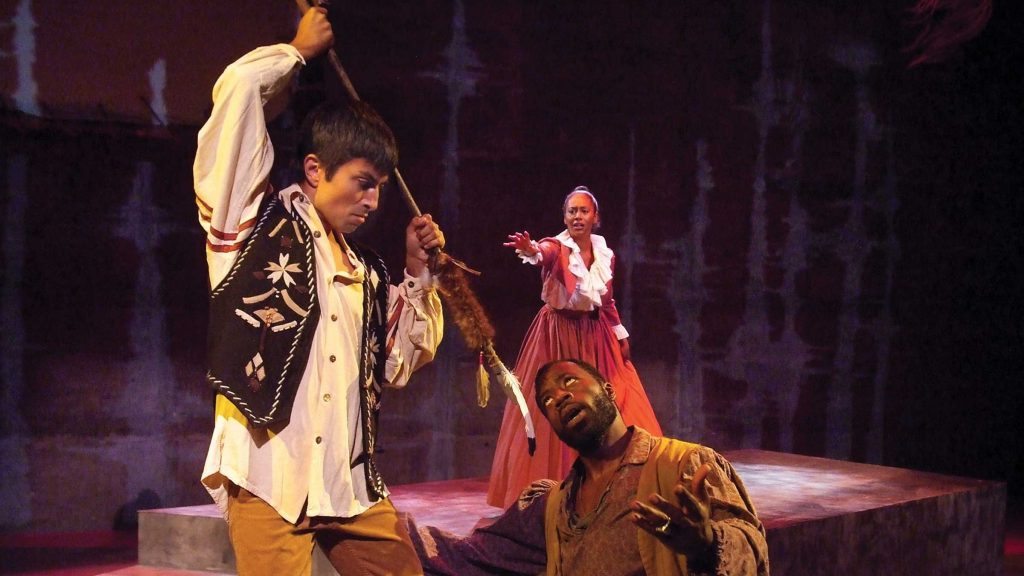
At one point, the show traveled to Charleston, South Carolina. The theater was just around the corner from the church where Dylann Roof murdered nine black parishioners. I was walking in newly dug up soil; the community and the actors had suffered that experience just a year before my arrival. It was as emotionally raw as working with the USC students. In the post-show talkbacks, the first question I asked was not “What did you think?” but “How did you feel?”
T. Michelle Murphy
In every era, theater has had a social and emotional impact on people. Artists have a responsibility as storytellers to research the culture, politics, and music around their stories because they can affect the energy and temperament of the people. You also need to trust your work. Trust yourself, your impulses, trust your feelings, then trust those working around you. Even now, I’m still learning to trust my art.

